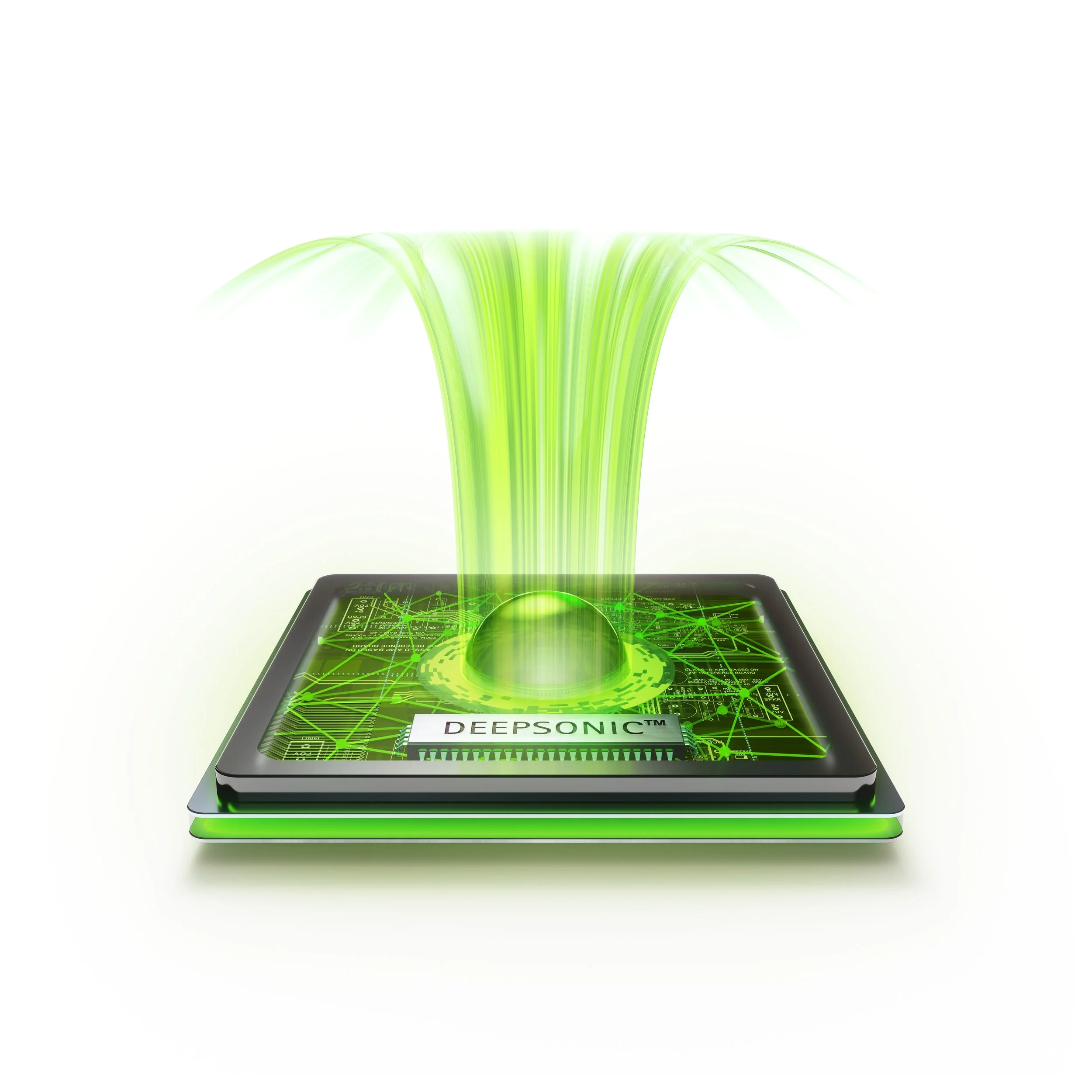Are Hearing Aids Getting Too Smart?
Article by Colin Eaton, FdSc, RHAD, MSHAA
We have noticed that people are interested and puzzled about the use of artificial intelligence (AI) in hearing aids, and asking us about it more and more. With this in mind I thought I would write a short piece to explain how it is being used currently.
When hearing aids start thinking for themselves - are the computers taking over?
AI has found its way into every corner of our lives – from phones with autocorrect and predictive text to self-driving cars. Now, its arrived in our ears.
Modern hearing aids are no longer just amplifiers, they’re tiny computers that actually think! But is this advancement a good thing or a cause for concern?
The Good: AI-powered hearing aids can adapt to changing environments in real time, automatically adjusting settings to provide the best possible sound - whether you’re in a busy restaurant, a meeting or an outdoor walk.
Some models even use motion sensors and GPS data to predict the listening situation someone is in, analysing subtle cues such as head movement. For example - you move your head more while in a group than talking to a single person, so the hearing aids know when to be adaptive or ‘zoom in’ on a single person.
This ‘deep neural network’ approach tries to reproduce how the brain naturally processes sound, resulting in sharper sound, less effort and a more natural listening experience.
The Concerns: AI systems rely on complex algorithms and sometimes cloud-based processing and programming by Audiologists. This naturally raises concerns over data handling and processing.
There are also concerns about over-reliance on automation, whether the user actually remains in control and perhaps most concerning – what happens with it ‘thinks’ it knows better than you?
The Verdict
AI in hearing aids is not about them taking over – it’s about technology lending your ears help. When designed and fitted well, these new smart systems can actually make hearing feel more human and natural than ever.
The trick is striking a balance, let the AI do the heavy lifting, whilst you stay in charge of what you want to hear – certainly this technology has changed our hearing world for the better.
In the 26 years I have been fitting hearing aids, I have seen the transition from body-worn hearing aids to behind-the-ear models then invisible in-the-ear designs. The change from analogue processing (linear gain) to digital technology in the 1990’s. Improvements in digital processors and speed of amplification and compression, and now AI……. I wonder what’s next? Exciting isn’t it?!!!

